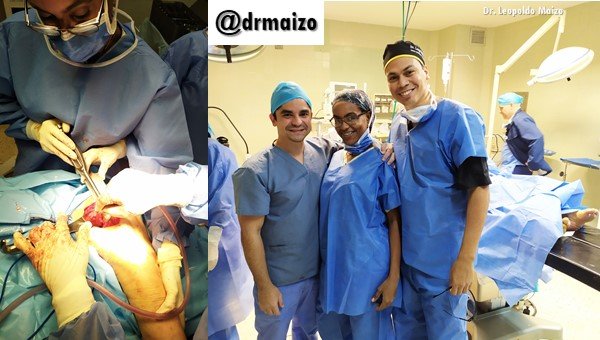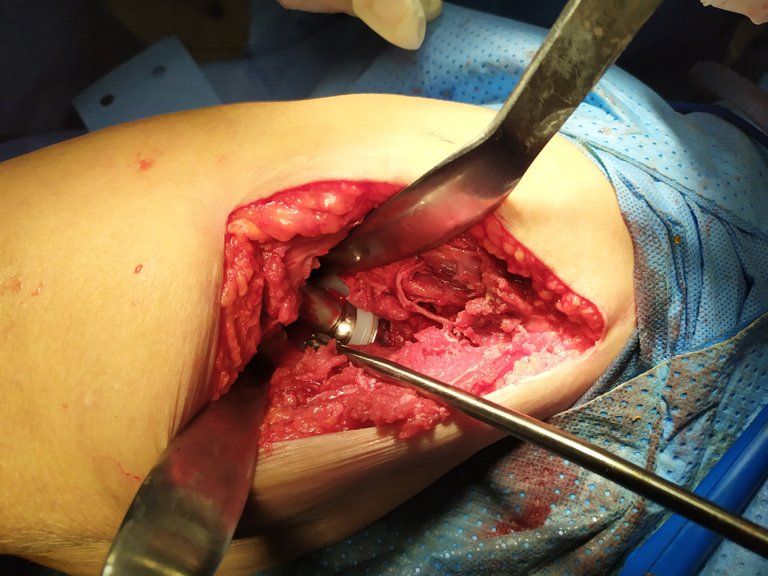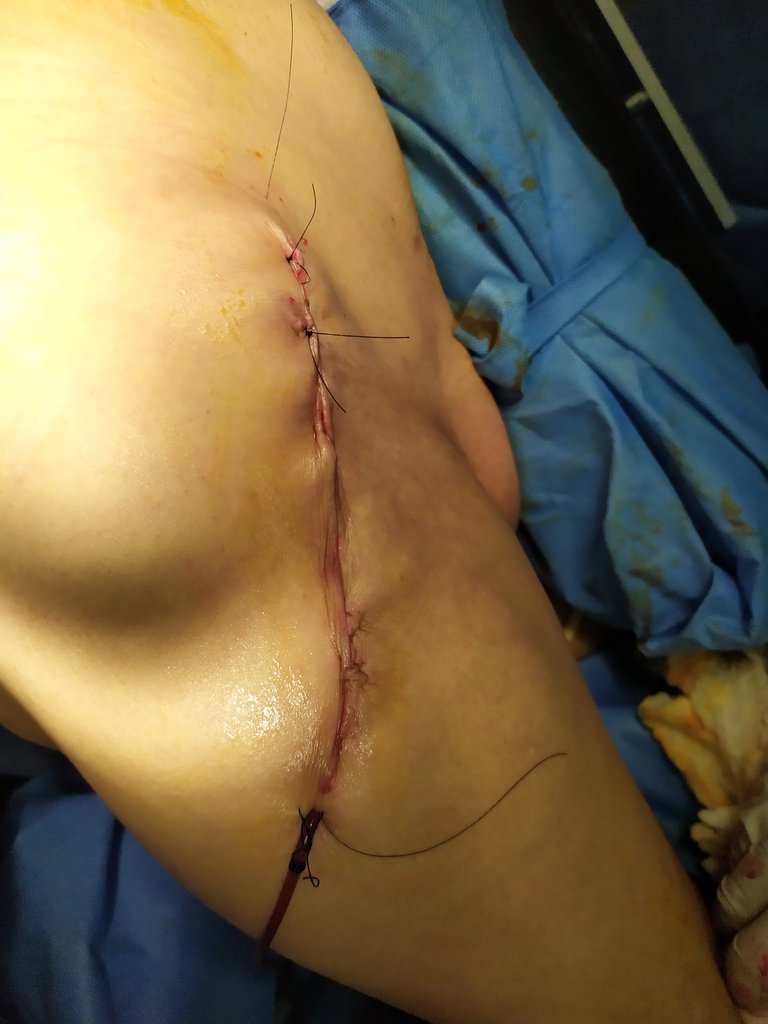
Arthroplasty Concepts
Total hip replacement is a type of surgery. It replaces the hip joint with an artificial one. It is also known as hip arthroplasty. Health care providers can do these procedures from behind the hip, to the side of the hip, or from the front of the hip. Anterior Total Hip Replacement refers to surgeries performed from the front of the hip. These surgeries may also be called mini, modified, minimally invasive, or amyotomic surgeries.
The hip is a joint formed by a head (sphere) and a hollow (cavity). Its thigh bone (femur) is bent inward near the hip. The upper end (head) has a rounded shape. The neck is the part that bends inward. The shaft is the long straight part.


Why Anterior?
Surgeons do hip replacement surgery to replace a damaged hip joint. The surgery also relieves pain and helps improve movement. During surgery, your health care provider will replace parts of your hip joint with artificial parts. The artificial hip may be made of metal or ceramic, or a combination of these materials. It may have a plastic, metal, or ceramic lining.
Using the above approach, you can allow your surgeon to perform the surgery through a small surgical cut (incision). The cut is made on the front of the hip rather than on the side or back, as in traditional hip replacements. Having your surgery done this way may have other advantages. These are:
- Less muscle trauma
- Less pain
- Earlier and easier recovery
- Less lameness
- Shorter hospital stay
- Decreases the chance of hip dislocations


Surgical technique
The head of the femur fits into a cup-shaped cavity in the pelvis. This cavity is known as the acetabulum. A strong, flexible protective tissue called cartilage covers the inside of the acetabulum and the femoral head. The tissue that covers the joint generates fluid that, along with the cartilage, helps bones slide easily against each other. Muscles and ligaments (strong fibrous tissues) hold the joint together.
It begins with the patient's supine position on the operating table with the possibility of hyperextension in the middle of the table to facilitate femoral exposure. Anterior incision, 6-9 cm, starting approximately 2 cm lateral and 5 cm distal to the anterior iliac spine. Incision of the fascia, preparation in the intermuscular space between the tensor muscle of the fascia lata and the sartorius muscle. Excision of the anterior parts of the capsule. Osteotomy of the femoral neck, removal of the head. Milling of the acetabulum and implantation of the acetabular component. Exposure of the femur by hyperextension, adduction and external rotation of the leg, incision of the posterior capsule for easy anteriorization of the femur. Milling and implantation of the femoral component.
Dr. Leopoldo Maizo - Orthopedic Surgeon


Firma diseñada por @themonkeyzuelans, contáctalos vía Discord "themonkeyzuelans#9087"
Great projects from the Steemit community:
- My Fundition campaign: https://fundition.io/#!/@drmaizo/6f88ggj8h



.png)
This project is being supported by @Fundition the next-generation, decentralized, peer-to-peer crowdfunding and collaboration platform, built on the Steem blockchain.
Read the full details of Fundition Fund program
Learn more about Fundition by reading our purplepaper
Join a community with heart based giving at its core
Fundition is a non profit project, by supporting it with delegation you are supporting 200+ projects.
50SP100SP200SP500SP1000SP2000SP5000SP10000SP